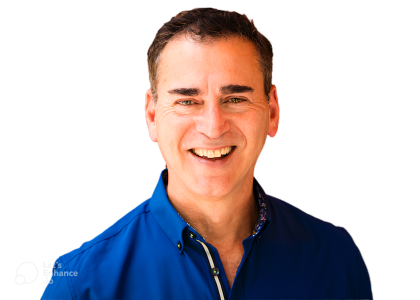Why Spravato Real World Results Don’t Match FDA Claims
By Michael Alvear, Health Author & Independent Researcher
My research is published on these scholarly platforms:
Last Updated:
The esketamine nasal spray Spravato made headlines when it became the first new antidepressant approved by the FDA in decades. The clinical trials behind its approval painted a compelling picture: remission rates of 60% or higher for people with treatment-resistant depression. That’s an extraordinary number—until you look at what happened next.
Independent studies—conducted outside the pharmaceutical company’s control—tell a very different story. When researchers reviewed dozens of real-world studies on esketamine’s effectiveness, the average remission rate landed between 35% and 40%. The numbers didn’t just dip; they dropped dramatically.
So how can the same drug produce such wildly different results? Was esketamine overhyped? Are real-world studies missing something? Or is there a more straightforward explanation—one that reveals how FDA approval trials don’t always reflect what happens when a drug moves beyond the lab?
The answer isn’t about fraud or deception. It’s about how drug trials are designed, who gets included, and the conditions under which results are measured. And when you break it all down, it becomes clear why the numbers from FDA trials look so much better than what happens in the real world.
High Impact Factors (Most Likely to Skew the Numbers)
Trial Design & Patient Selection Bias
Industry trials cherry-pick patients more likely to respond (e.g., excluding the most treatment-resistant cases). This is a major factor in why real-world studies show lower rates.
Short-Term vs. Long-Term Study Duration
Many independent studies measure remission after just 1-2 infusions, while the FDA trials followed patients through a full protocol. This artificially deflates remission rates in independent meta-analyses.
Placebo Effect & Trial Structuring
FDA trials used active placebo withdrawal, which makes the placebo group decline faster—artificially boosting esketamine’s numbers. Independent studies often use different placebo models that don’t create the same contrast.
Concurrent Antidepressant Use
FDA trials required patients to stay on an SSRI/SNRI alongside esketamine, which could boost remission rates compared to independent studies where patients may not be on adjunctive medication.
Medium Impact Factors (Moderate Influence on Discrepancy)
Dosing and Treatment Flexibility
The FDA trials optimized doses per patient, while real-world studies use less controlled, more variable dosing, leading to lower average effectiveness.
Dropout & Non-Adherence in Real-World Studies
FDA trials rigidly track and incentivize patients to complete treatment, whereas independent studies lose patients due to cost, side effects, or inconvenience—leading to lower reported remission rates.
Study Populations & Treatment Resistance Severity
FDA trials excluded patients with extreme treatment resistance. Real-world studies include harder-to-treat patients, making remission harder to achieve.
Difference in Outcome Measures
FDA trials use specific rating scales (MADRS), while meta-analyses aggregate multiple scales with different remission thresholds. This can create inconsistent comparisons.
Low Impact Factors (Some Influence, But Less Likely to Significantly Shift Rates)
Trial Length & Follow-Up Differences
Some independent studies may end too soon, but many do have longer-term follow-ups, meaning this factor is important but not as dominant as others.
Publication Bias & Selective Reporting
FDA trials selectively report their best numbers, but systematic reviews account for multiple studies, balancing out extreme results.
Placebo Design Differences (Unblinding Bias)
While unblinding can boost effects, it’s not the biggest driver of the remission rate discrepancy.
Data Handling & Statistical Adjustments
FDA trials adjust for missing data, but this only slightly inflates remission rates compared to independent studies.
Industry Funding Influence
While pharma-funded trials have inherent bias, blatant manipulation is unlikely due to regulatory oversight.
Key Takeaways:
- The biggest reasons for the discrepancy (High Impact) are patient selection bias, short-term vs. long-term data, placebo effect distortions, and concurrent antidepressant use. These directly inflate remission rates in manufacturer-sponsored trials.
- Dosing variations, patient adherence, and population differences have Moderate Influence but aren’t the primary reason for the gap.
Publication bias, data handling, and placebo blinding issues have Minimal Influence compared to the other factors.


 Guide To Savings On Self Pay Ketamine Therapy
Guide To Savings On Self Pay Ketamine Therapy
Leave a Reply